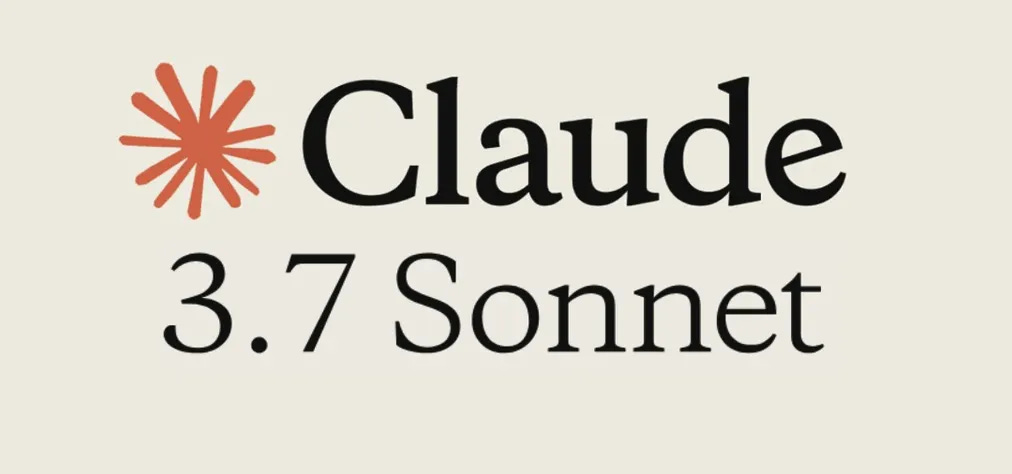Each week, I'll bring you the most relevant and insightful tech stories, saving you time and keeping you informed.
Microsoft is killing Skype after 14 years. Why?
Reports are circulating: Microsoft is seemingly phasing out Skype after 14 years under its wing. For many, this news might be met with a shrug. "Skype? Is that still around?"
But dig a little deeper, and you'll uncover a surprising truth: Skype isn't feature-lacking. In fact, it boasts a robust feature set – blur backgrounds, comprehensive messaging, screen sharing, and more – practically everything you'd expect from a modern communication and meeting app.
So, if Skype has the features, why is Microsoft seemingly letting it wither? Why is this once-ubiquitous name, synonymous with video calling itself ("Skyping" became a verb!), now potentially facing the chopping block?
What I think is the answer isn't about technology shortcomings, but rather a complex interplay of missed opportunities, strategic shifts, and perhaps, a classic case of corporate portfolio management.
Feature-Rich, Yet... Forgotten?
Let's be clear: Skype hasn't been idle. A quick glance at its feature release timeline since 2018 reveals consistent updates, adding functionalities that kept pace with market trends:
2018: Call recording, live captions. Essential for both personal and professional use.
2019: Background blur, web app redesign, increased participant limits, mobile screen sharing, "Meet Now" for simplified meetings. Reacting to emerging video call needs and ease-of-use demands.
2020-2024: Background replacement, custom reactions, noise suppression, AI-powered Bing integration, enhanced messaging, even AI-driven "Tone Selection." Embracing newer trends like personalization and AI-driven features.
This isn't a story of feature neglect. Skype has been evolving. Yet, despite these updates, and crucially, despite a still-significant daily user base of over 40 million in 2024, Skype's relevance has undeniably diminished.
User numbers are reportedly declining by 10% annually. The question becomes: why haven't these features translated into sustained growth and market dominance?
Microsoft and Skype arguably missed their pandemic moment.
While the world shifted to remote work and video communication exploded, it wasn't Skype leading the charge.
Instead, Zoom and Google Meet, platforms arguably less feature-rich at the outset, surged in popularity.
Even Microsoft's own Teams, initially a business-focused platform, eclipsed Skype in the broader communication landscape.
The Microsoft Ecosystem Strategy: Teams Takes the Crown
The real story behind Skype's potential decline isn't a lack of features or even necessarily a catastrophic product failure. It's likely a strategic business decision by Microsoft.
As early as 2017, Microsoft announced the phasing out of Skype for Business Online in favor of Microsoft Teams. This signaled a clear direction: Teams was to be Microsoft's unified communication platform for the professional world.
Now, it seems this consolidation might extend to the consumer space as well. Microsoft already has a powerful business communication tool in Teams and a massive gaming/community communication platform in Discord (indirectly, through ownership).
Maintaining and heavily investing in a separate, somewhat overlapping consumer Skype might simply no longer align with Microsoft's streamlined portfolio strategy.
Think of it like Google's move from Play Music to YouTube Music. Both were music streaming services, but Google opted to consolidate around the platform with broader reach and future potential – YouTube.
Similarly, Microsoft might be betting that Teams, with its growing cross-over appeal and deep integration within the Microsoft ecosystem, is the future, even for many personal communication needs.
Things I read this week…
Software engineering job openings hit five-year low? - Software engineer jobs are dropping and faster than other job categories.
AI
GPT-4.5 is ready!
GPT-4.5 is expensive, and the improvements aren't that big. It's interesting that they're now focusing on how 'thoughtful' it is, instead of talking about how it beats everyone else. Before, they always showed off how it won against others.
Claude 3.7 was released
It's faster and more powerful than older models, which is great.
However, it looks like it might be cutting corners on some basic coding rules. It can feel like it's doing things in a very complicated way, even when a simpler solution would work.
New products & Tools ...
OpenArt Consistent Characters
OpenArt Characters lets you create images of consistent characters from just one image or description.
It turns out its image generation is too similar to what Google Labs FX and other tools already do. It feels like it's repeating what's already out there.







